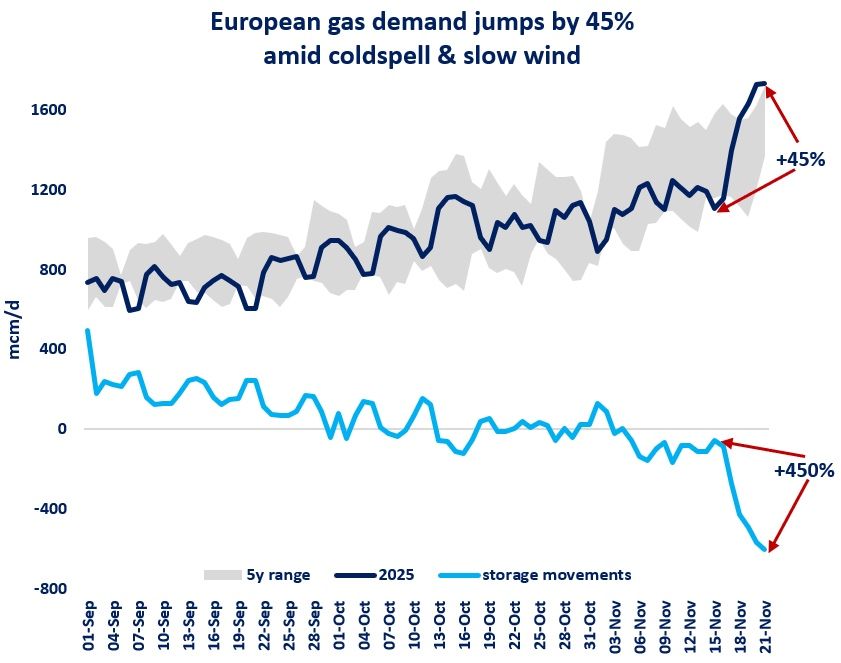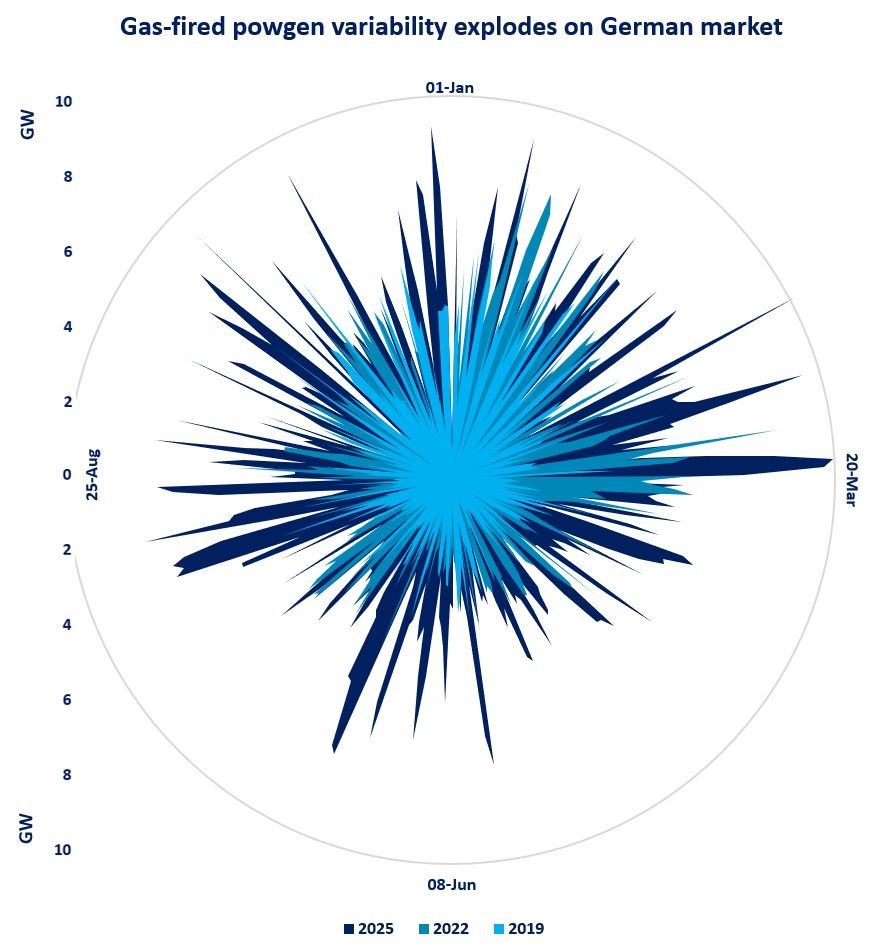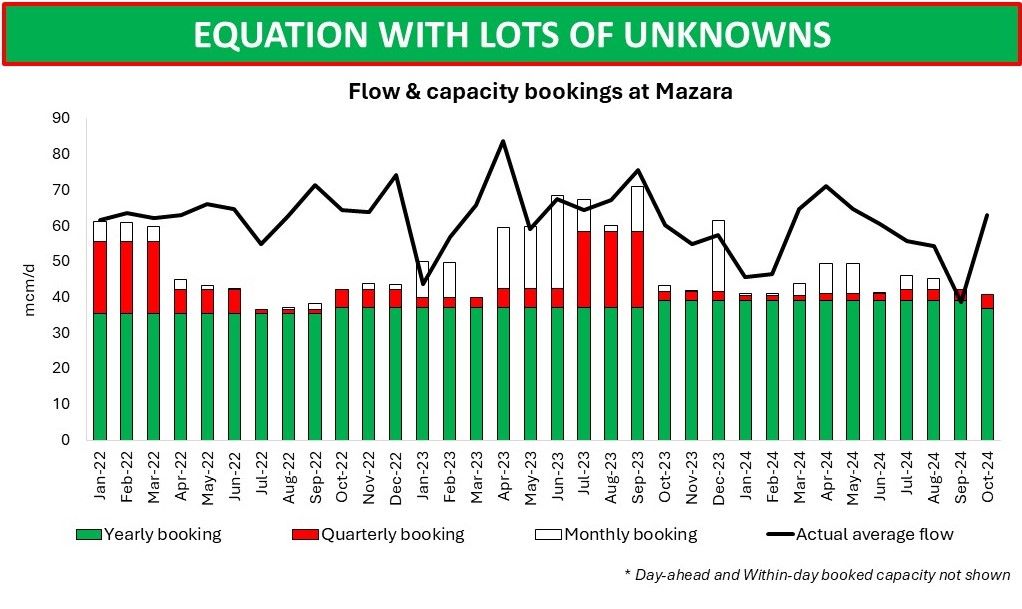

As if the European gas market were not sufficiently punished by the constant fear of the possible lack of Russian supply, last Thursday, Alexander Lukashenko (Belarusian president), opened another potential conflict against Europe threatening to cut off the gas supply that goes through his country.
These “statements” come in a context of deep geopolitical crisis, with migrants dragged to the border of Poland, and with Europe thinking of intensifying economic sanctions on Belarus.
Lukashenko’s “warning” shook the gas market in the midst of a tidal wave of Russian verbal interventions. In addition, Lukashenko took advantage of this to recall that “his authoritarian regime still has Russian support”, its key ally and whose natural gas pipelines are critical for European supplies.
Figure 1. Main gas supply routes to Europe

Source: Energy PCIs Transparency Platform (2021)
For its part, Russia has insisted that it cannot exercise control over such statements and insists that, in the end, it is in its hands whether Belarus can “cut” the supply or not, since Russia is the producer.
The pipeline through Belarus supplies approximately 20% of the gas that Russia sends to Europe.
In 2021, volumes have fallen well below previous years, not for this particular issue, but as a result of the general reduction in volumes sent by Russia. What is observed is that volumes of gas in transit would have doubled in the first half of November, exceeding 400 GWh/d.
Figure 2. Evolution of gas volumes sent by Gazprom to Europe via Belarus

Source: Refinitiv
Coincidentally, this increase in flows coincides in time with a significant increase, since the end of October and especially in November, in the transport of thousands of migrants from the Middle East to the border with Poland, which responds to a Belarusian attempt to exert pressure on the EU with respect to the economic sanctions that it imposed on them. Why?
To answer this question, we must remember two relevant facts that have brought us to the current situation:
On 23 May, Belarus sent a fighter aircraft to intercept a Ryanair aircraft flying from Athens (Greece), to Vilnius, (Lithuania), as it passed through the country’s airspace, forcing the plane to land in the capital, Minsk, where a renowned opposition journalist, Roman Protasevich, was traveling. This sparked international outrage.
Following this, the EU imposed economic sanctions on the country on 26 June, including sanctions on 78 people responsible for the Lukashenko regime’s continued crackdown on the escalating human rights violations and heavy repression of civils in Belarus.
Simultaneously to this sanctioning process, Russia has been taking advantage of its hegemony as the main European gas supplier by trying to paralyze its direct exports through Ukraine, damaging its economy, but it would have been sending the gas, through Belarus, while insisting again and again, that if it could operate through Nord Stream 2, all problems would be solved, ultimately strengthening its dominance as a critical gas supplier to Europe.
Figure 3. Evolution of gas volumes sent by Russia and Belarus to Ukraine

Source: Refinitiv
In conclusion, Belarus threatens to reduce the transit of gas through Yamal to Poland and Germany, but Lukashenko points out that “never without Putin’s consent.”
Thus, what was apparently a problem of sanctions between the EU and Belarus, finally becomes another move by Russia to get the approval and certifications that allow Nord Stream 2 to operate, ensuring by the way, that Ukraine “suffers”.
The EU is facing an important decision-making process that will have a long-term impact on the regional gas market, and immediately will define the framework in which Europe will supply itself. So, will the EU give up and increase dependence on Russia or will we spend the winter under extreme price spikes consequence of the fear of a possible lack of supply as we look to diversify suppliers? If this situation remains, it would not be surprising to see new historical high prices.
Source: Raquel Martinez Farreres (LinkedIn)













